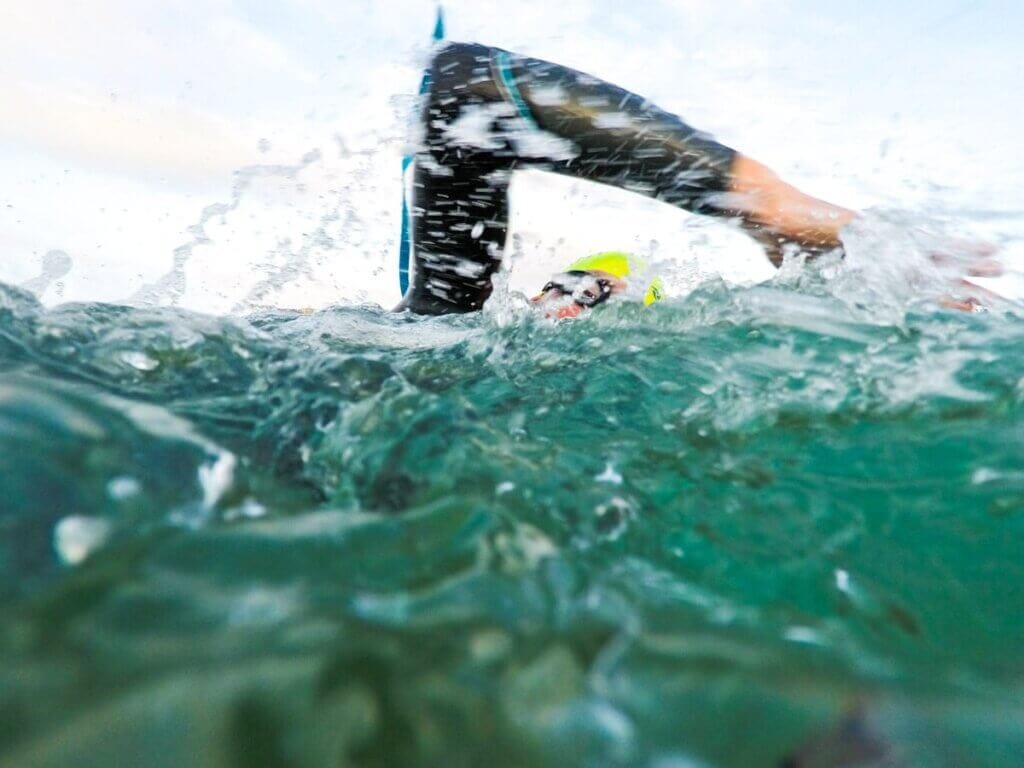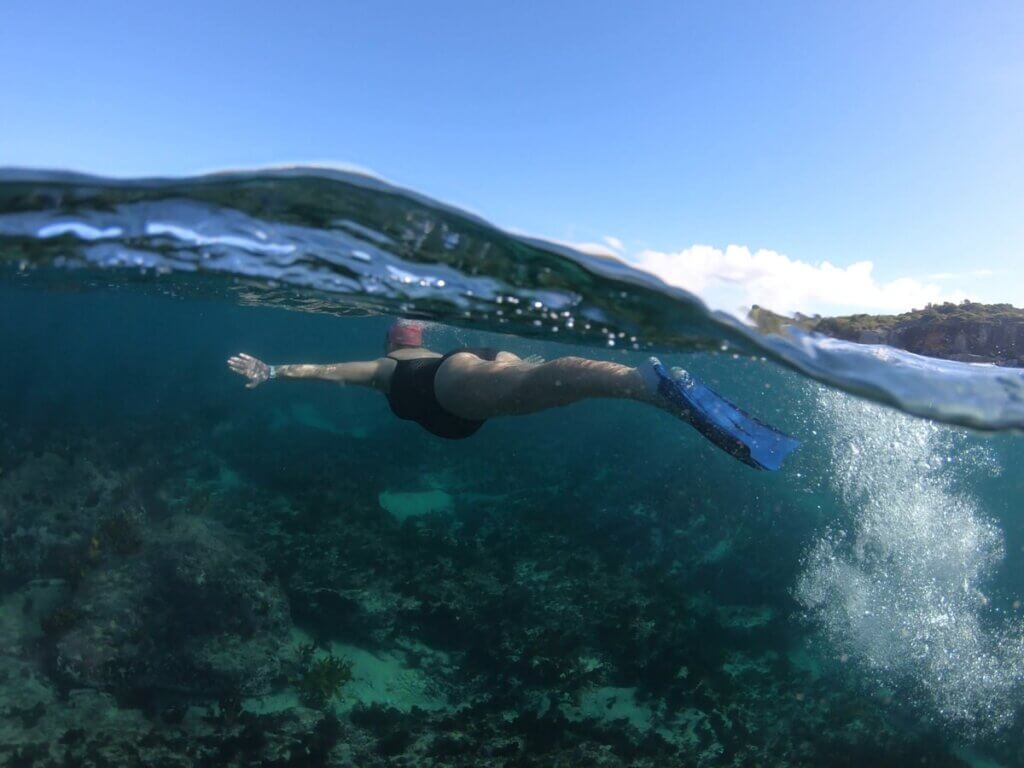Making the most of your walk to the water (the perfect swim start)

Do you have a process for entering the water for a swim?
After arriving at the beach, conducting a beach assessment and getting changed, the next logical thing to do is to make your way to the water for your swim.
It might seem that from this moment on it’s just a case of getting in the water as fast as possible, after all, by this stage you’re hanging out for a swim!
However, there are still a number of things you can do to ensure you have the safest, most efficient and most enjoyable swim possible.
Once you leave the elevated ground you’re likely to have started at (also the best place to conduct your initial beach assessment) you’ll start to make your way down to the water’s edge.
On the way, your perspective will change. You’ll now be getting more of a front-on view of the surf, the waves will look larger and they’ll sound louder. If you’re feeling even a little anxious, then it is even more important to rationalise the situation and have a process, so instead of losing focus and twiddling your thumbs, think about including these into your walk:
- Keep your eyes on the water. Continue to monitor wave patterns and cycles in the surf zone you established in your beach assessment – particularly where you intend to enter.
- Limber up. Let’s get real, you’re unlikely to spend any dedicated time stretching before you swim, so with that said, perform some dynamic stretches as you walk, including arms, back and neck.
- Investigate the high tide line. This is where you’ll find out what’s floating around in the water. It’s a great indicator of the water quality and whether stingers are present.
- Look for moving water. When you’re close to the water you’re more likely to notice if there’s any fast-flowing water present that you’ll want to factor into your swim plan. This could be in the form of rip currents, feeder currents or sweeps. The water surface will usually have telltale signs to assist in identifying currents, like whitewater, floating foam or debris moving.
- Explore beyond the waves. Cast your eyes to the headlands/points to get an idea of the anticipated swell. This will turn into the waves you’re likely to encounter when you start your swim and can help with timing your entry.
- Regulate your breathing. This is the time to close your eyes, take some deep breaths and visualise your swim. You want to enter the water relaxed and with a low breath rate, close to your swimming breath rate.
When you’re ready to swim, check with your swim buddies that everyone is good to go, then make sure your goggles and cap are nice and snug, walk into the water and shake off the shivers by getting yourself wet all over.
Finally, continue into waist-deep water (preferably in a rip), watch the forthcoming set roll in, and dive in after the last wave to start your swim in the lull.
There you go, six steps to the perfect swim start.





Responses